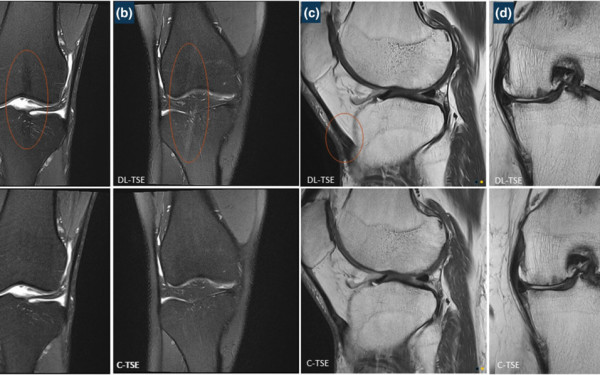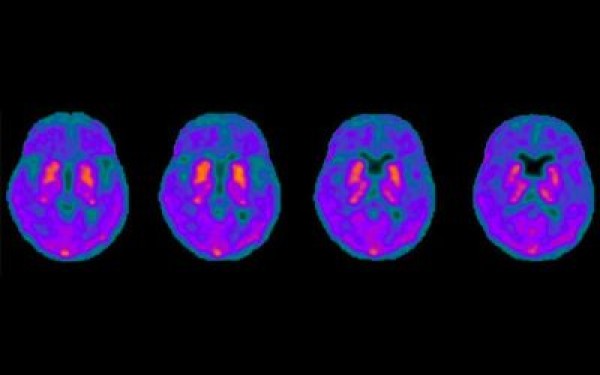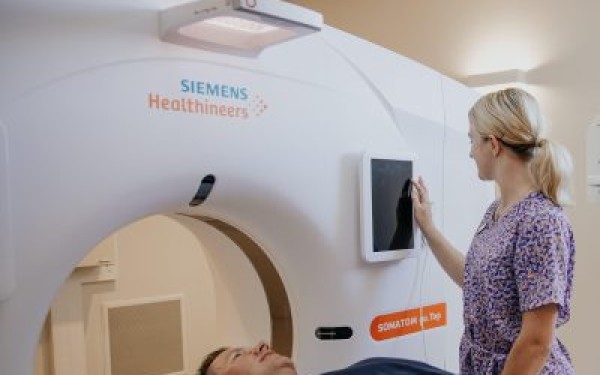An exciting research collaboration has resulted in the advancement of sophisticated Molecular Imaging techniques in New Zealand. These are designed to help doctors diagnose Alzheimer’s disease more easily in a local study with a potentially global impact.
As part of the Centre of Research Excellence Group, Pacific Radiology is exploring new diagnostic territory through its involvement in a multi-centre dementia clinic project with clinics already operational throughout Christchurch, Dunedin and Auckland. The Group is contributing to the worldwide effort to combat neurodegenerative diseases.
Molecular Imaging involves using three different tracers which can be injected into a patient’s bloodstream to allow PET scans to probe the brain to look for molecules, especially ‘bad’ proteins, that are indicative of Alzheimer’s disease. This is a highly practical clinical tool aimed at mitigating the potential for misdiagnosis.
The first of three tracers, known as amyloid, is now being used as a gateway test. If a PET scan using amyloid shows that there are no amyloid plaques in the brain, the patient categorically cannot have Alzheimer’s disease. A positive result means that the patient has a much greater risk of converting to Alzheimer’s disease. Two other tracers being developed in Australia, known as ‘tau’ and ‘DAT’, will soon be used in combination with amyloid tracers to further refine patient diagnosis and treatment.
Dr Ross Keenan, Neuroradiologist at Pacific Radiology and an integral member of the CoRE Group, says, “Amyloid PET Imaging is virtually non-existent in New Zealand apart from at Pacific Radiology. This research has leapt into this Molecular Imaging world which is enormously powerful. Combining scans with the various uses of the PET agents is fabulous in contributing to the exclusion or inclusion of Alzheimer’s disease as a diagnosis.”
Symptoms of Alzheimer’s disease include impaired daily functioning and poor memory. Normal amyloid scans are extremely useful for clinicians. Tau is also relevant in that it has a direct correlation with the prognosis of the patient, while DAT highlights dopamine transporter issues in the brain. This research is especially important in New Zealand as a country with an ageing population where neurodegenerative disease is associated with significant socio-economic costs.
The CoRE Group intend to pursue further research in this area with initial findings due to be complete in 2020.






